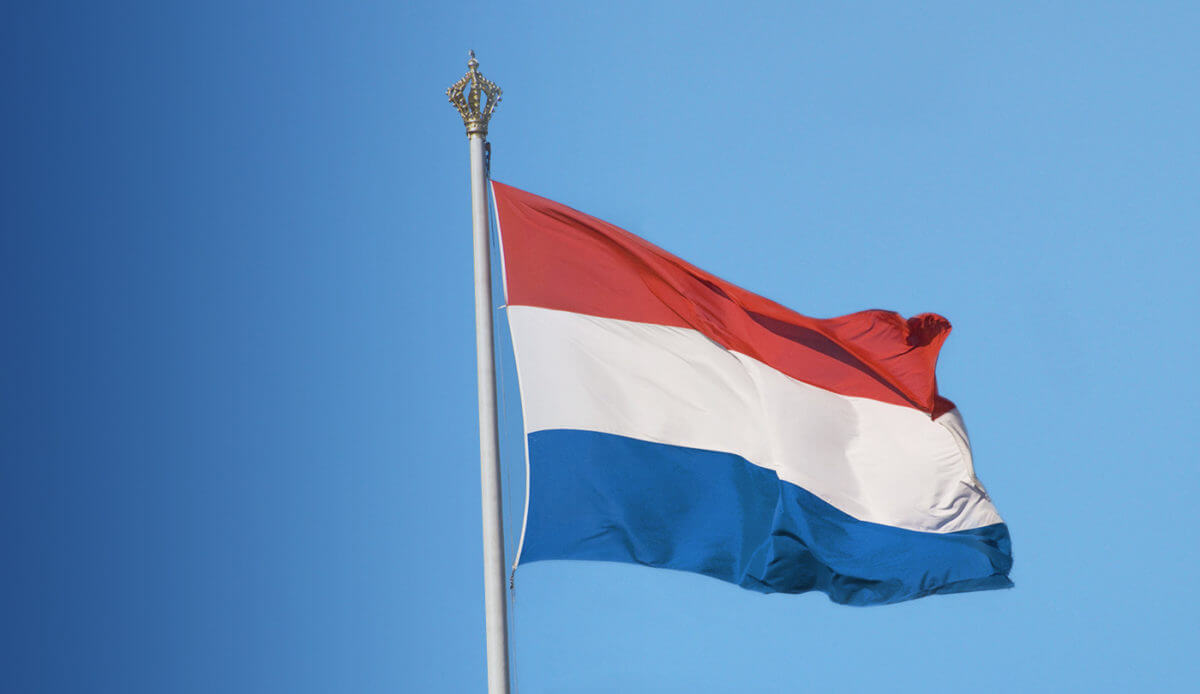Similar to the U.S. Department of Transportation, the Dutch Ministry of infrastructure and Environment’s Rijkswaterstaat is the department responsible for the design, construction, and maintenance of infrastructure and traffic management in the country of 17 million residents. Needless to say, the IT required to support the roads, bridges, dykes, waterways, and traffic controls is complex. For an estimated 62 percent of global federal government departments and agencies today, digital transformation drives how they design and deliver services.
Customer experience is considered the last competitive differentiator in the private sector, and though governments don’t compete as businesses do, they do compete for the trust and loyalty of constituents. A key priority for Rijkswaterstaat is delivering fast and effective customer service to the citizens, employees, and businesses who utilize the Netherlands’ infrastructure. Deloitte surveyed 1,200 government officials from over 70 countries on digital transformation and reported that “cost and budget pressures and citizen demands are far and away the two primary drivers of digital transformation, accounting for 75 percent of responses, whereas only 14 percent of organizations are driven by government directives.” A digital public expects governments to embrace technology as the key to creating and delivering the modern citizen experience.
The Dutch government has taken the lead by focusing its transportation department around providing transparent, agile, and affordable services for citizens in the digital age. Automation is key to delivering on those priorities, especially when it comes to customer service. And with an internal mission to improve productivity and collaboration every day, it has taken a whole-organization approach to how digital leads innovation — in particular, how applications are developed for the public and Rijkswaterstaat’s 9,000+ employees.
Rijkswaterstaat based its digital transformation strategy on a connected ecosystem of business, leadership, talent, technology, and delivery that eliminates siloes and ensures communication, collaboration, and responsibility are shared among all stakeholders. Using cloud-based infrastructure-as-a-service and open source platforms-as-a-service as the foundational building blocks for app development, Rijkswaterstaat is able to bring in developer partners and create app infrastructure that enables a faster process of designing, testing, and deploying apps, and serves the public more effectively.
As Bas van Essen, Head of the Department of Information Development at Rijkswaterstaat, explained at a Cloud Foundry Summit in Basel, Switzerland, this approach was instrumental in building a customer service application called “SAM” that enables Rijkswaterstaat to use one system for agents in different locations to respond to 13,000 customer care inquiries and alerts per month. A single alert tags all required action steps and anyone can track status at any time. Citizens receive faster, more accurate responses to their issues and questions.
Using open source Cloud Foundry, van Essen’s teams created SAM’s prototype in one month. Within seven months, the application was ready to use in production.
“It wasn’t development time that took [seven months],” van Essen pointed out. Rather, it was “getting the business ready for such a massive change” in how its employees work. By having everyone connected throughout the development process, the business was able to prepare simultaneously for the culture shifts needed to adopt a cloud-based customer service platform.
True to an open approach, Rijkswaterstaat is leveraging the value in building open standard platforms from which others can benefit. “We made this model available to other government organizations; that way we don’t have to invest every time in the same systems. Together, we improve these systems and make it better and more affordable for taxpayers.”


